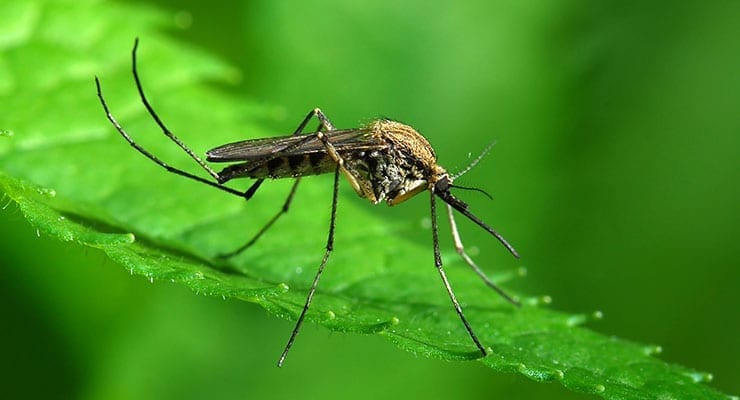A new study published this week is the first to fully document the demographic impacts of West Nile virus on North American bird populations.
The research raises sobering questions on the long-term impacts of the disease on at-risk populations.
The study, a collaboration among scientists at Colorado State University, the University of California at Los Angeles, Washington University in St. Louis and the Institute for Bird Populations (IBP), analyzed 16 years of mark-recapture data collected at more than 500 bird-banding stations operated using the Monitoring Avian Productivity and Survival protocol developed by IBP, a California-based nonprofit that studies declines in bird populations.
They discovered large-scale declines in roughly half of the species they studied, a much higher fraction than spot checks like the Christmas bird count had found.
“Clearly we didn’t see the whole picture,” said Joseph A. LaManna, PhD, Tyson postdoctoral researcher in the Department of Biology in Arts & Sciences at Washington University. “It wasn’t just the jays that were dying; half the species we studied had significant die-offs.”
The data also revealed, however, that some species fared much better than others. Roughly half of the afflicted species managed to rebound within a year or two. Ironically, the resilient ones include the crows and other corvids who were so strongly associated with the disease on its arrival.
But a second group of birds, including Swainson’s thrush, the purple finch and tufted titmouse were not so lucky. Knocked down by the arrival of West Nile virus, they have not rebounded and seem to have suffered long-term population declines.
“Many more species of birds than we thought are susceptible to this virus,” said T. Luke George, PhD, an ecologist at Colorado State University. “And we also found long-term effects on population growth rates. Prior to this study, we generally thought the West Nile virus had a very short-term effect on bird survival.”
The scientists aren’t sure why some species fare better than others. Was a common evolutionary history predictive? Or similar habitats or diets?
“That’s really the question our study opens,” said Ryan J. Harrigan, a biologist at the University of California, Los Angeles. “In the end, we’re not completely sure why some species recovered from this disease and some did not. That would be the next step forward, addressing that question.”
“The deeper story is that without long-term monitoring and detailed data, we miss patterns like these,” LaManna said. “Deaths in one area can be easily masked by immigration from other areas, and we wouldn’t really notice unless we happened to be looking at the right type of data.
“This year was another big West Nile year,” LaManna said. “Most people don’t even know that.”
Read the study: Persistent impacts of West Nile virus on North American bird populations. PNAS 2015; doi:10.1073/pnas.1507747112
Editor Also Recommends:


